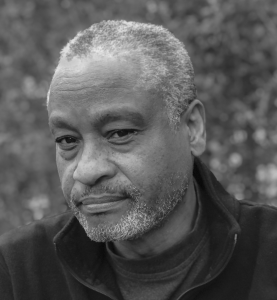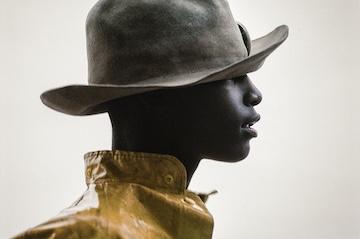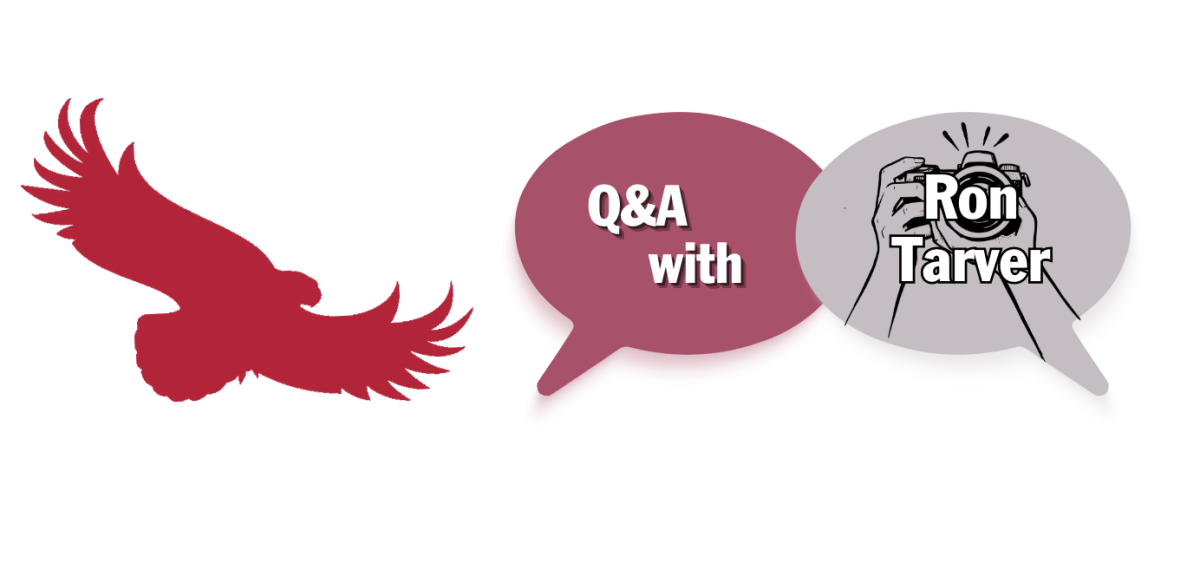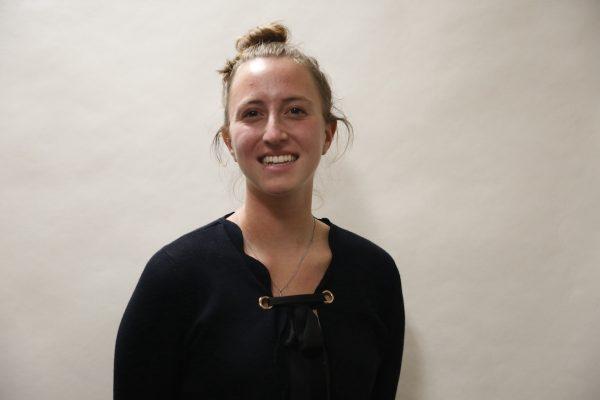Ron Tarver’s love and passion for photography started as a child and has blossomed into a successful career that has earned him a shared 2012 Pulitzer Prize win for a series where he focused on school violence in the Philadelphia public school system, as well as three other Pulitzer Prize nominations. His work ranges from photographing Black cowboys in urban communities to the drug crisis in North Philadelphia.
Tarver received a Bachelor of Arts in journalism and graphic arts from Northeastern State University in 1979 and received a M.F.A. from the University of the Arts in 2017. After working as a staff photojournalist at the Philadelphia Inquirer for 32 years, he is now an associate professor and department chair of art at Swarthmore College. The Hawk sat down with Tarver to learn more about him and his photography career.

The Hawk: What was it like when you first started working at the Inquirer?
Tarver: At the time, the Inquirer was probably one of the five most respected newspapers in the country. And to just get a job there was incredible as a full time staffer was amazing. It was kind of a dream come true…We traveled all over the world. We did amazing stories, I think really groundbreaking stories, won a lot of Pulitzers, and it was just a dream come true is the best way to describe it.
The Hawk: What first sparked your calling to photography?
Tarver: My dad was a photographer in the 40s and 50s. He had a dark room, and so I just remember he took me in his darkroom around the age of six to 10. I pulled myself up over the sink and he said, “now just watch the water.” He’s developing some prints, and he says, “watch the water and you’ll see a ghost come up,” and I was expecting to see Casper in the water. But it was when I saw that print developed, I was just hooked. I mean, it still gives me chills to think about that, and I just thought, “this is what I want to do with the rest of my life.”
The Hawk: What is it like seeing your work on display in such notable institutions, like the National Museum of American Art of the Smithsonian Institution and Philadelphia Museum of Art?
Tarver: Going back to my newspaper days, when I would take a picture, my photograph might be viewed for maybe three to five seconds, and then [readers would] turn the page, and then the next day would be in the birdcage. So, I had a different view of what photography was when I worked at the newspaper. But to see your work hanging in a really prestigious institution, and then people are walking by there making comments on it, it’s kind of, I don’t use the word awesome very often, but it is really an awesome feeling.
The Hawk: Your photography is in the book “We Were There: Voices of African American Veterans, from World War II to the War in Iraq.” What was it like to have your photography shared through a platform in a different form of media, like a book?
Tarver: I think nowadays, we’re so used to scrolling up and down on Instagram that the pictures really don’t have a relationship to each other; they’re just what comes next. But when you’re in a book, if you’re going to create a narrative, they really have to tell a story as you turn the page. One picture should build upon the next.
The Hawk: What was the significance of photographing Black cowboys?
Tarver: I grew up in Oklahoma, I had family members who were ranchers. My grandfather worked on a ranch and herded cattle and had a calf roper in a rodeo, so I grew up around it. But when I moved out here, and I saw some of the Black cowboys riding around in the park and things like that, I thought, “this is a fun little story that I would do.” I was coming off of a pretty hard story about drugs in North Philly, and so I wanted my next story to be in color and sort of light and fun and something that wouldn’t be so taxing on my brain.
The Hawk: Out of all of your photo essays, which one is your favorite?
Tarver: It’s kind of like asking you which is your favorite child. On any given day, any one of them.

















































